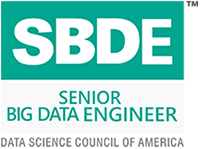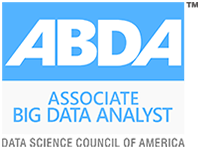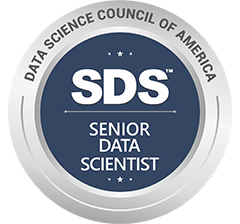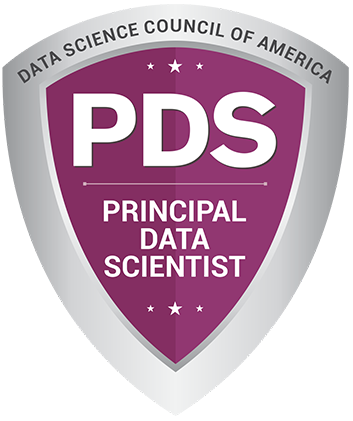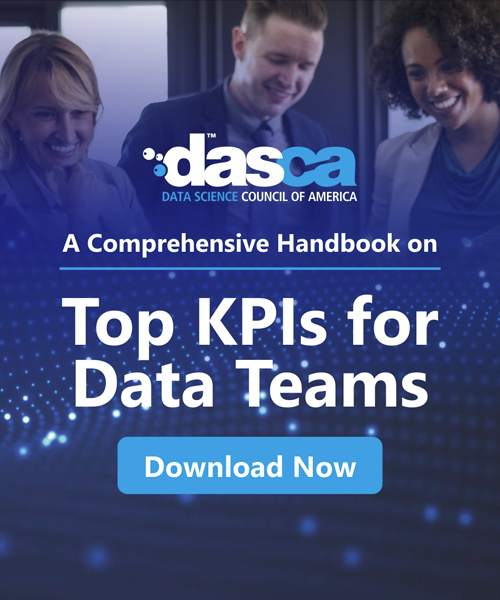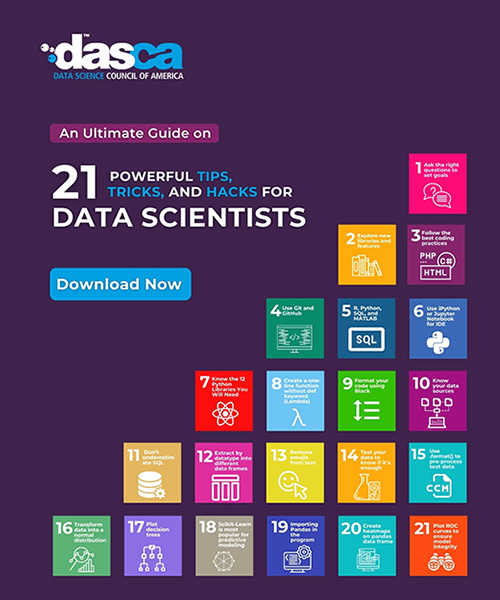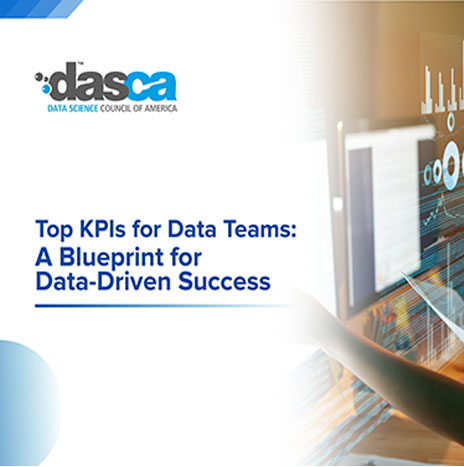
Data democratization is one of the most significant trends in the modern world. Various tools help employees of multiple levels engage with data. Organizations can improve innovation and flexibility when data is effectively combined with different business units. Nevertheless, data democratization involves transforming data into a format that is both easily accessible and well-managed. The optimal strategy, in this case, is to ensure that data is not only accessible but also protected, authentic, and valuable for business development and process optimization.
Core Components of a Data Democratization Strategy
Several elements must be in place to ensure an efficient data democratization framework. They also help ensure that data is readily accepted and used correctly within the organization. These core components include:
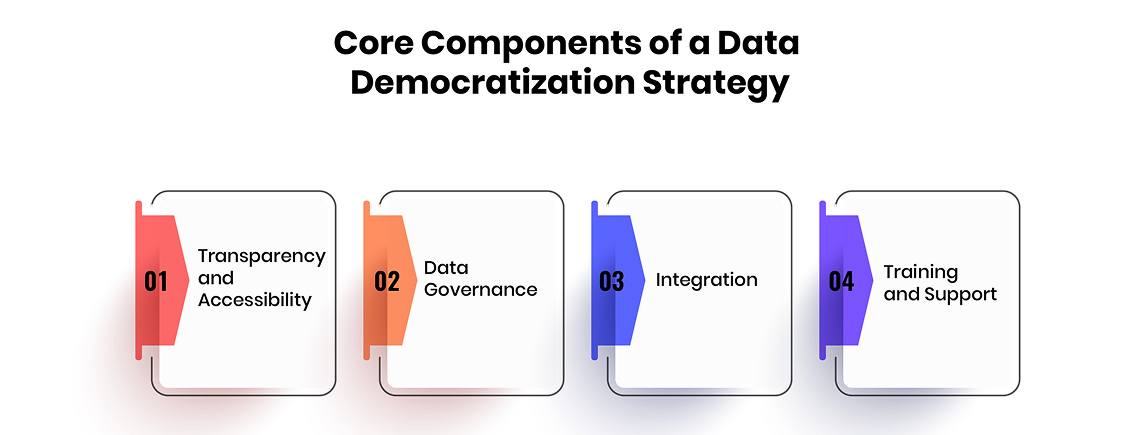
- Transparency and Accessibility: It is crucial to make data accessible to those who need it at different times in a program’s cycle. Accessible and reachable open data helps support a culture of sharing and knowledge in each system.
- Data governance: When democratizing data, it must align with data governance best practices. While access is granted based on user needs, safeguards must prevent misuse and ensure proper data usage. This includes defining access protocols for various applications and regulating usage frequency.
- Integration: Data integration is crucial in the disintegration of the organizational silos within an organization. An ideal big data environment entails integration whereby data is available at the right time and place in an integrated system at an integrated speed.
- Training and Support: Training employees on how to access, analyze, and utilize data in various processes is crucial for the functioning of different teams. Deploying the proper knowledge assists the employees to make informed decisions regarding their work.
Establishing Data Governance and Security in a Democratic Framework
Data governance and security must be developed before data democratization can be achieved to reduce the risk of disclosing sensitive information. Organizations may compromise data, breach legal requirements or policies, or experience data abuse without it. There is always a trade-off when providing access and security to any information environment; this case is no different. The following are the best practices to implement governance and security for data democratization:
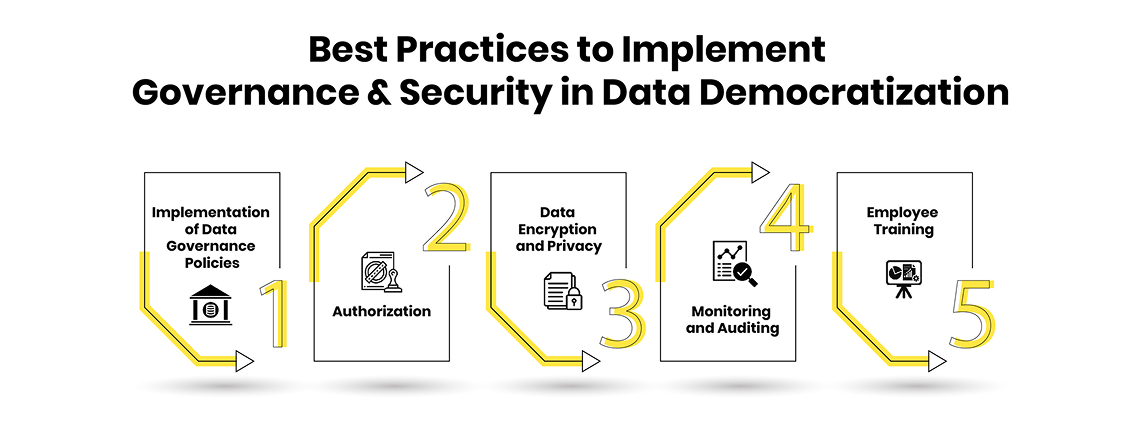
- Implementation of Data Governance Policies: Implementation of proper governance policies for data handling, sharing, and usage is mandatory. Organize the involvement of data stewards who are supposed to oversee the adherence and data quality.
- Authorization: Even if an organization has implemented an open culture, it must determine who can see or use what. Limiting access control is another measure to help avoid risks; hence, role-based access control (RBAC) and least-privilege access policies should be adopted.
- Data Encryption and Privacy: Implement necessary encryptions to protect data at rest and in transit. Adopt privacy measures in handling any information deemed to require protection under regional and international laws.
- Monitoring and Auditing: Develop ways to monitor and audit data access and usage. Regular system audits will identify security violations and other weak linkages that must be closed.
- Employee Training: Educate employees on data governance practices, privacy laws, and secure data practices.
Building an Effective Data Integration Plan for Democratization
Data integration is a crucial aspect to address as part of the data democratization process since data needs to flow easily through all the processes and applications. Lack of data integration creates further issues of a lack of cleaning and standardization of the data and increases the likelihood of achieving a lack of clear and compelling data-sharing structure. To make the strategy work, organizations should consider:
- Centralized vs. Decentralized Integration: Determine whether to compile all data management across an organization through one common platform or use multiple data management centers. A centralized model has certain advantages regarding centralization and standardization, whereas a decentralized model can favor decentralization and immediate acquisition of particular databases.
- Data Processing Efficiency: Data should quickly move through all departments without hindrance. This calls for a strong pipeline to feed real-time information, minimizing delays and improving decision-making.
- Scalability: The need for data integration varies from organization to organization, but it should be scalable as organizations expand. It must ensure growth through rising data volumes while ensuring the efficiency of data retrieval.
- Interoperability: Data integration tools should integrate various structured, semi-structured, and unstructured data sources so that the user can quickly obtain data from one application and use it in another.
Empowering Teams with the Right Tools and Resources
Organizations must equip their teams to use the data democratization strategy properly. This implies choosing tools that are not only capable of processing extensive data but also easy for individuals to use. Ease of use is essential for enabling end-users who may not have background knowledge of programming languages to harness insights. Through this approach, all employees will access data and thus make decisions independently, not necessarily involving the data teams.
Factors to consider while providing tools to the teams:
- User-Friendly Data Tools: Make a strategic investment in tools that make data easily accessible to the users, including data visualization tools and self-service business intelligence tools. They should enable visualization and drag-and-drop tools to be easy to use.
- Training & Development: Provide managerial and employee training to improve their knowledge of tools, understanding of results, and ability to apply such results in their organizations. Ongoing training fosters confidence and competency in data-driven approaches.
- Encouraging Data Literacy: Promote data literacy across departments. As more employees acquire data analysis skills, the organization's ability to make data-driven decisions will be boosted
Measuring the Success of Data Democratization Efforts
Evaluating the extent of data democratization initiatives is essential in establishing the strategy's effectiveness for an organization. Therefore, the key performance indicators (KPIs) should be aligned with the business objectives to evaluate data access efficiency and determine whether it leads to business growth and improved decision-making.
- Decision-making improvement: It is necessary to assess how companies have centralized data for various departments and departments to make better and faster decisions. One of the measures of success could be a reduction in the time taken for key decision-making points.
- Innovation and Collaboration: Track how the easy availability of data encourages or drives collaboration among the numerous teams involved in the innovation process. This can be observed based on the number of new data initiatives, projects, or cross-functional initiatives born from insights derived from democratized data.
- Operational Efficiency and ROI: Measure the effectiveness of democratizing business operations and their return on investment (ROI). Evaluation criteria include improved production, shorter time to access data, and cost savings from more effective data use.
Case Studies: Successful Data Democratization Strategies
Data democratization aims to make data available to users across the organization. However, it must remain governed and regulated and easily integrated into the landscape. Several organizations have used data integration and governance frameworks to democratize, driving the required business impact.
Key Takeaways from Successful Implementations:
- Airbnb: Established an internal and accessible master data management system called the Dataportal, where employees operate and investigate data. This made the flow of data easier as it promoted the culture of utilization of information in decision-making within the organizational structure.
- Netflix: This organization offers unrestricted access to data throughout the company, making it accessible to every employee. It has proved vital in the decisions of content creators, marketers, and analysts, hence playing a critical role in the interactive user experience and customized content recommendations associated with the brand.
- Johnson & Johnson: Achieved efficiency in the supply chain by transitioning to the Databricks Lakehouse platform from Hadoop and efficiency of data paths and policies to extract data. This change brought about better business performance and business operations as well.
Conclusion
A good data democratization framework involves providing access to valuable and timely information, maintaining healthy governance to minimize risk, and increasing an organizational focus on data and analytics. Leaders must manage, facilitate, enable, and monitor data across the organization, at the team level, and through key performance indicators. Hence, organizations can recognize and solve challenges and adopt the best practices that advance decision-making, innovation, and production. With the increasing availability of data as a resource, sustaining structurally integrated and governed big data ecosystem will be essential.







